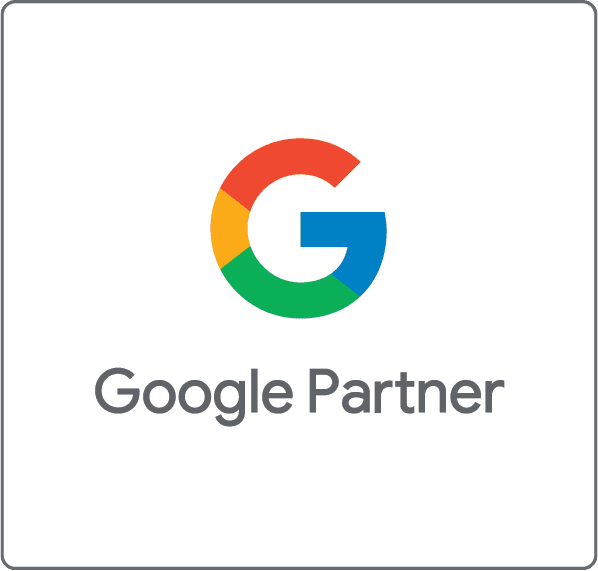Lead generation is an essential component of healthcare marketing that helps companies connect with potential customers. Through effective lead generation strategies, healthcare companies can create demand for their products and services, increasing their customer base and driving revenue growth. In this article, we’ll discuss lead generation healthcare companies and how they can grow and succeed in today’s competitive marketplace.
What is Lead Generation in Healthcare?
Lead generation is the process of identifying and cultivating potential customers for a healthcare company’s products and services. It’s critical to attracting new customers and retaining existing ones, and the overall goal is to increase sales and revenue. Effective lead generation strategies involve identifying potential customers who are most likely to be interested in a healthcare company’s services and providing them with the information and resources they need to make informed purchasing decisions.
Healthcare companies often use lead generation to reach new audiences and expand their market share. They may use a variety of tactics, including search engine optimization (SEO), social media, content marketing, email marketing, and more. These tactics are designed to build trust and cultivate relationships with potential customers, ultimately leading to more sales and revenue for the healthcare company.
How Do Healthcare Companies Generate Leads?
Healthcare companies can use a variety of tactics to generate leads, including SEO, social media marketing, content marketing, email marketing, pay-per-click advertising, and more. Let’s take a look at each of these tactics in more detail.
Search Engine Optimization (SEO)
SEO is the process of optimizing a healthcare company’s website to rank higher in search engine results pages (SERPs). By targeting specific keywords and phrases that potential customers are searching for, healthcare companies can attract more traffic to their site and generate more leads.
Social Media Marketing
Social media marketing involves using social media platforms like Facebook, Twitter, Instagram, and LinkedIn to reach potential customers. By creating engaging content, healthcare companies can build relationships with their followers and generate more leads.
Content Marketing
Content marketing refers to creating and sharing valuable content to attract and retain customers. For healthcare companies, this may include blog posts, articles, white papers, infographics, and more. A content marketing strategy that focuses on providing educational and informative content that’s relevant to potential customers will help to generate more leads.
Email Marketing
Email marketing involves sending targeted emails to potential customers. These emails may include information about new products or services, promotions, and more. An effective email marketing strategy can help healthcare companies generate more leads and retain existing customers.
Pay-Per-Click Advertising
Pay-per-click (PPC) advertising involves bidding on keywords and phrases to display ads in search engine results pages. By targeting specific keywords and phrases related to their products or services, healthcare companies can generate more leads and drive more conversions.
Conclusion
In conclusion, lead generation is an essential component of healthcare marketing that helps companies connect with potential customers. By using a combination of SEO, social media marketing, content marketing, email marketing, and pay-per-click advertising, healthcare companies can generate more leads and increase their customer base. With a strong lead generation strategy in place, healthcare companies can succeed and thrive in today’s competitive marketplace.























